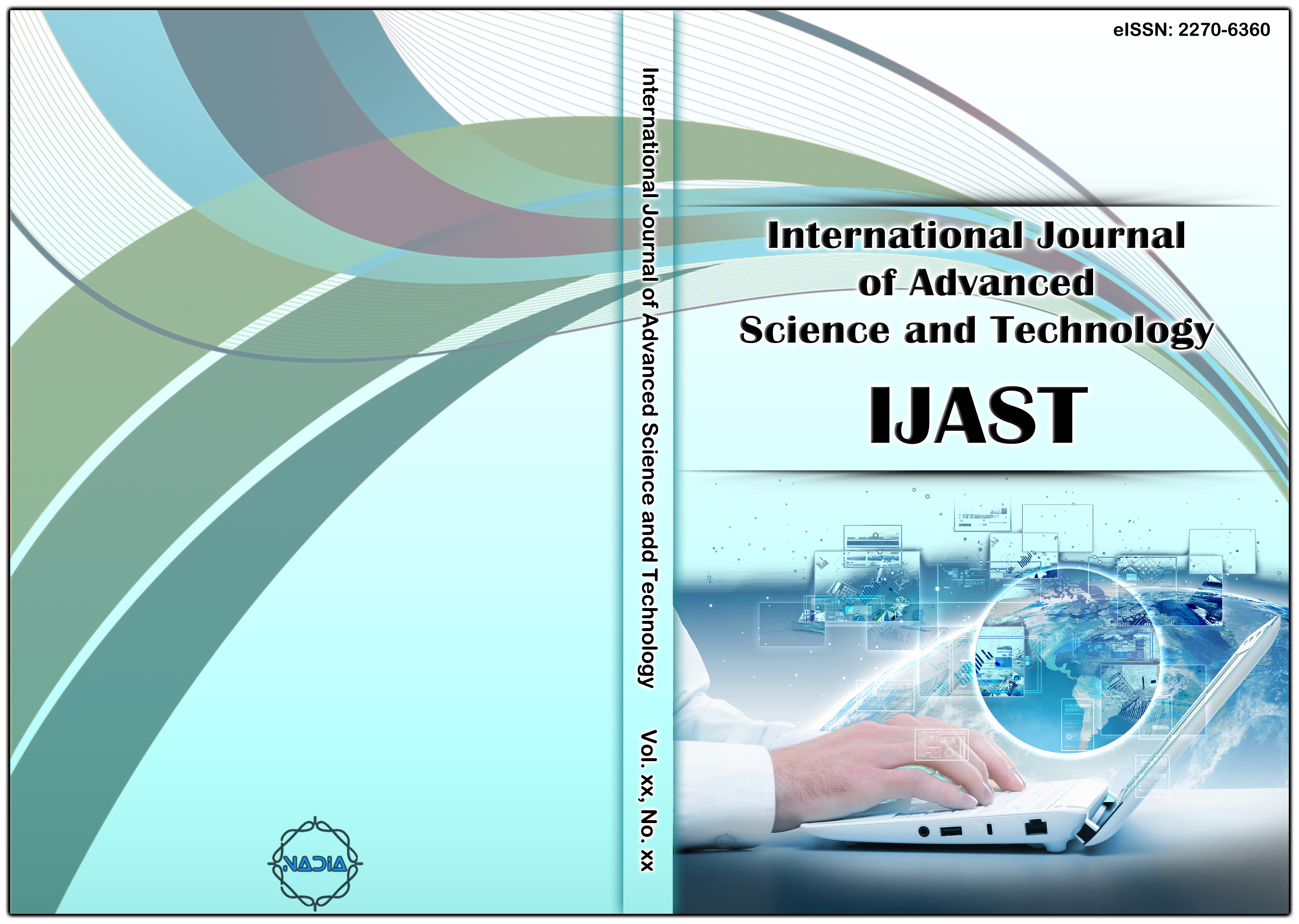[1] Saif Zahir, Rejaul Chowdhury, and Geoffrey W. Payne,” Automated Assessment of Erythrocyte Disorders Using Artificial Neural Network”, IEEE International Symposium on Signal Processing and Information Technology, 2006.
[2] Silvia Halim, Timo R. Bretschneider, Yikun Li, Peter R. Preiser and Claudia Kuss, “Estimating Malaria Parasitaemia from Blood Smear Images”, IEEE International conference on Vision pp. 1-6, December 2006.
[3] Refai, H., Li, L., Teague, T.K., and Naukam, R., “Automatic count of hepatocytes in microscopic images,” Proceedings of the International Conference on Image Processing, vol. 2, pp. 1101–1104, September 2003.
[4] Fang Yi, Zheng Chongxun, Pan Chen and Liu Li, “White Blood Cell Image Segmentation Using On-line Trained Neural Network”, Proceedings of the IEEE Engineering in Medicine and Biology. pp. 6476 – 6479, January, 2006.
[5] Zamani, F and Safabakhsh,R “An unsupervised GVF Snake Approach for White Blood Cell Segmentation based on Nucleus,” The 8th International Conference on Signal Processing, vol. 2, pp. 16-20 , 2006.
[6] C. Ruberto, A.Dempster, S.Khan and B.Jarra, "Analysis of blood cell images using morphological operators," Image and Vision Computing., vol. 20, no. 2, pp.133-146, February 2002.
[7] Q. Liano, and Y.Deng, "An Accurate Segmentation Method for White Blood Cell Images," IEEE Conf. Biomedical Imaging, pp. 245-248, November 2002.
[8] K. Wu, D. Gauthier, and M. Levine, “Live cell image segmentation,” IEEE Transactions on Biomedical Engineering., vol42, no 1, pp. 1–12, 1995.
[9] V. Caselles, F. Catte, T. Coll, and F. Dibos, “A geometric model for active contours,” Numer. Math, vol. 66, pp. 1–31, 1993.
[10] V. Caselles, R. Kimmel, and G. Sapiro, “Geodesic active contours, ”in Proc. 5th Int. Conf. Computer Vision, 1995, pp. 694–699.
[11] M. Kass, A. Witkin, and D. Terzopoulos, “Snakes: Active contour models,” Int. J. Comput. Vis., vol. 1, pp. 321–331, 1987. [12] N. Otsu, “A threshold selection method from gray level histograms,” IEEE Transactions on Systems, Man, and Cybernetics ,vol. 9, no. 1, pp. 62–66, 1979.
